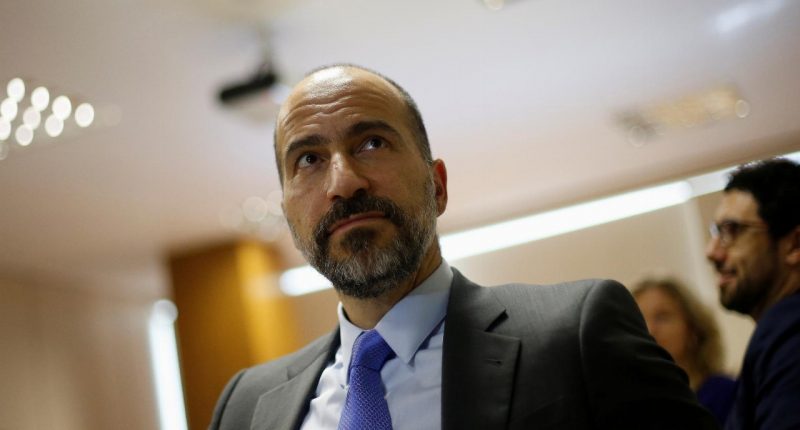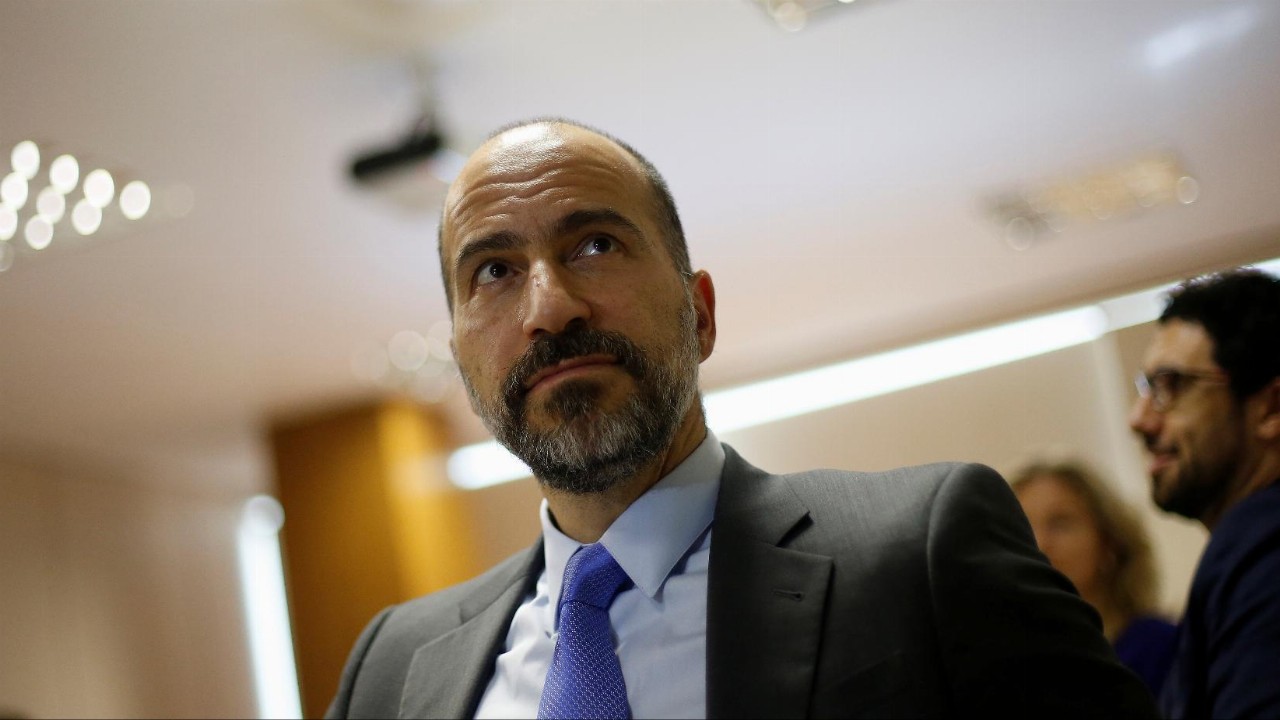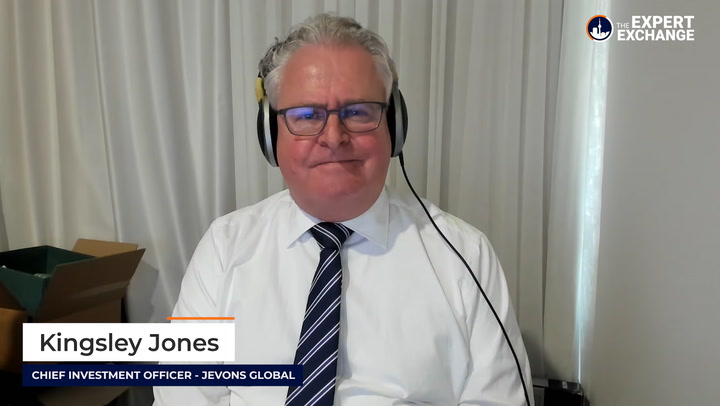- Uber Technologies reported its first profitable quarter on Thursday since it launched around 12 years ago
- Adjusted EBITDA for the period of US$8 million (A$10.82 million) compares to a loss of US$625 million (A$845.25 million) a year ago
- However, a major slide in the value of Uber’s stake in Chinese ride-hailing company Didi drove a US$2.4 billion (A$3.25 billion) net loss
- Consumers were travelling in greater numbers during the third quarter, and Uber’s driver and courier base has grown by almost 640,000 people since January
- Still, Uber is yet to become profitable on a net basis and has so far declined to say when that is likely to happen
Uber Technologies reported its first profitable quarter on Thursday since it launched around 12 years ago, with its two primary businesses — ride-hailing and restaurant delivery — both turning the corner.
For the quarter ending September 30, the San Francisco-based company posted adjusted EBITDA — a measure that excludes one-time costs such as stock-based compensation — of US$8 million (A$10.82 million). That compares to a loss of US$625 million (A$845.25 million) a year ago.
However, a major slide in the value of Uber’s stake in Chinese ride-hailing company Didi drove a US$2.4 billion (A$3.25 billion) net loss. Didi, which went public in June, saw its value drop by billions after China’s market regulator launched an anti-trust probe.
Despite the turnaround in earnings, the results came as a disappointment after the company’s smaller US rival Lyft reported its second consecutive quarterly adjusted profit of US$67.3 million (A$91 million) on Tuesday.
Still, both Uber and Lyft are yet to become profitable on a net basis, and both have declined to say when that might happen.
Consumers were travelling in greater numbers during the third quarter, and Uber’s driver and courier base has grown by almost 640,000 people since January. The company has so far spent more than US$250 million (A$338 million) to lure drivers back post-pandemic.
While no data was provided on how driver numbers compare to pre-pandemic levels, Uber chief executive Dara Khosrowshahi said the company wanted to grow its driver base beyond 2019 levels to meet expected demand.
Ride bookings for the period remained more than 20 per cent below third-quarter levels in 2019, but Uber said ride unit margins had returned to pre-pandemic levels.
Trips to US airports — among the most profitable routes in the industry — increased in recent weeks, but lagged all other route categories, sitting roughly 33 per cent below pre-pandemic levels.








